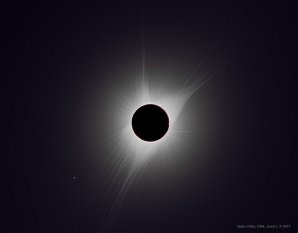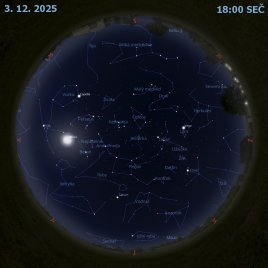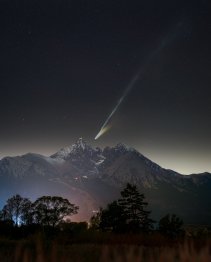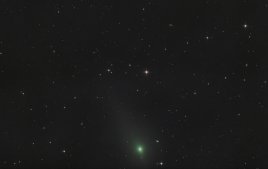Hlubinami vesmíru SPECIÁL, Zatmění slunce v USA 2017

Autor: Josef Ladra
21. srpna se ve Spojených státech odehrálo úplné zatmění Slunce. Dlouho očekávaná událost se stala jistě velmi sledovanou mnohými médii. Živé komentované vysílání úplného zatmění připravila i televize Noe, známá svým seriálem Hlubinami vesmíru. Pojďme si tuto událost připomenout ještě jednou v repríze tuto neděli od 15:50 na TV Noe.
Ve studiu se komentáře tohoto mimořádného představení ujal vedoucí slunečního oddělení Astronomického ústavu ČR RNDr. Michal Sobotka, DSc. Začínáme na západním pobřeží USA v Oregonu a procházíme přes 12 států unie, jak stín Měsíce zakrývá sluneční kotouč a postupuje na východ až do Jižní Karolíny na východě USA, kde opouští pobřeží a skončí v Atlantiku.
Zveme všechny příznivce astronomie, kteří si chtějí tuto ojedinělou příležitost připomenout. Díky kamerám si můžeme tento poutavý, fascinující úkaz několikrát zopakovat.
Na setkání s vámi u úplného zatmění Slunce v USA se těší Jindřich Suchánek.
Web pořadu:
http://www.tvnoe.cz/porad/hlubinami-vesmiru-special-zatmeni-slunce-v-usa-2017
Poznámka redakce:
Za zatměním se vydala i řada našich čtenářů. Svědčí o tom nádherné snímky v galerii.
Zdroje a doporučené odkazy:
[1] Televize Noe






